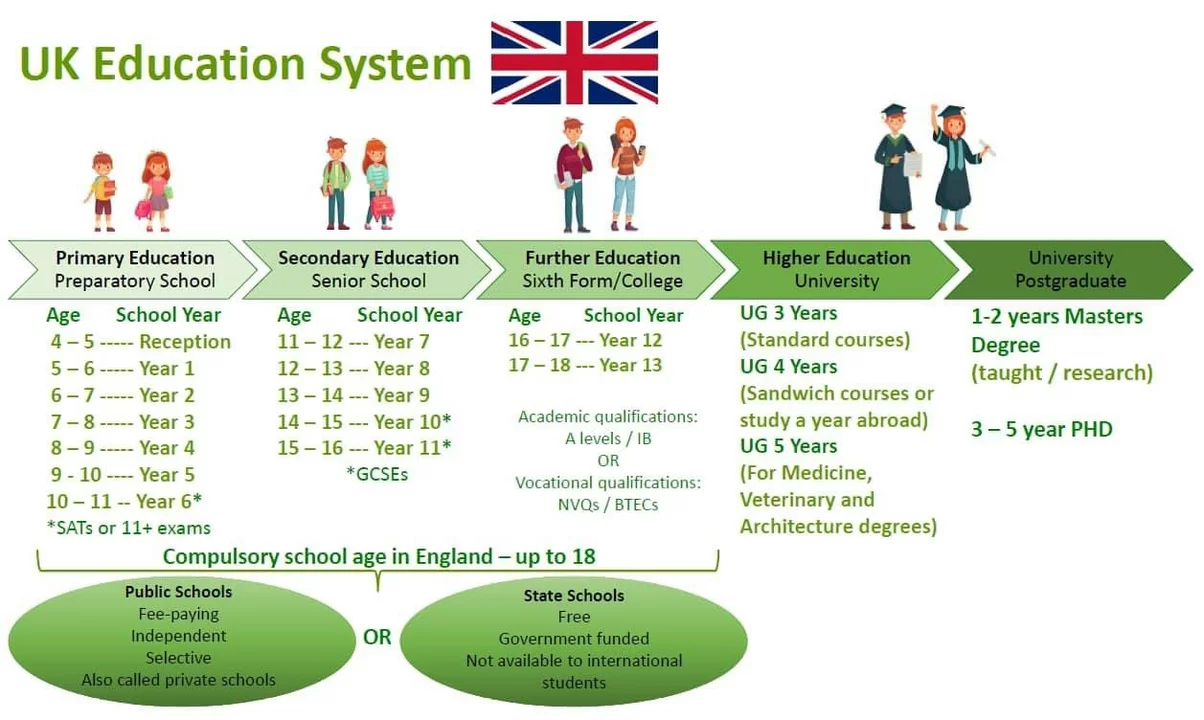Education System: What’s Changing and Why It Matters
Ever wonder why your school feels different from what it was a few years ago? The answer is simple: the education system is evolving fast. From laptops in every class to project‑based projects, the goal is to make learning more useful and engaging. In this guide we'll break down the biggest shifts, show how they affect you, and give easy steps to stay ahead.
Tech and the Classroom
Technology is no longer a bonus; it’s a core part of how teachers teach. Interactive whiteboards let students solve math problems together in real time, while video lessons let anyone replay a tough concept. The biggest win? Access to a global library of resources. Need a quick experiment for a science class? A short YouTube demo can replace a pricey lab set up.
But tech isn’t just about gadgets. It also supports personalized learning. Adaptive software tracks each student’s progress and serves up extra practice exactly where it’s needed. That means a strong student isn’t forced to repeat basics, and a struggling learner gets the help they need without feeling embarrassed.
New Ways to Teach
Traditional lectures are giving way to models that put students in the driver’s seat. Project‑based learning asks learners to solve real‑world problems—think designing a water‑filter for a local community. This builds critical thinking and teamwork, skills that exams often ignore but employers love.
The flipped classroom flips the script: students watch short lectures at home, then class time becomes a workshop for discussions, feedback, and hands‑on activities. It turns a passive lecture into an active problem‑solving session.
Another buzzword you’ll hear is “21st‑century education.” It’s a mix of digital literacy, creativity, communication, and collaboration. Schools that embed these four C’s help kids navigate a fast‑changing world, whether they end up in a tech startup or a nonprofit.
Choosing between private and public schools also impacts the education experience. Private schools often boast smaller classes and extra resources, while public schools provide diverse social settings and a broader range of programs. The best fit depends on the child’s needs, not just the label.
Financing education adds another layer. Traditional education loans can carry high interest, but fee financing lets families spread tuition costs over smaller, interest‑free installments. Knowing the difference can save hundreds over the life of a degree.
Finally, remember that the education system isn’t a one‑size‑fits‑all. Some students thrive in online courses that offer flexibility, while others need face‑to‑face interaction. Experiment with hybrid models, talk to teachers, and watch how your learning style evolves.
Bottom line: the education system is shifting toward tech‑rich, student‑centered methods that prepare learners for real life. Stay curious, use the tools at hand, and you’ll get the most out of whatever school or program you choose.
How has your education system benefited/failed you?
My education system has both benefited and failed me in various ways. While it provided me with the foundation for critical thinking and problem-solving, it fell short in terms of practical skills and real-world applications. Additionally, the emphasis on standardized testing and rigid curriculums stifled creativity and individuality. However, the social aspects of school, such as teamwork and communication, were invaluable learning experiences. Overall, the education system should strive for a more balanced approach to better serve students in the long run.
View More